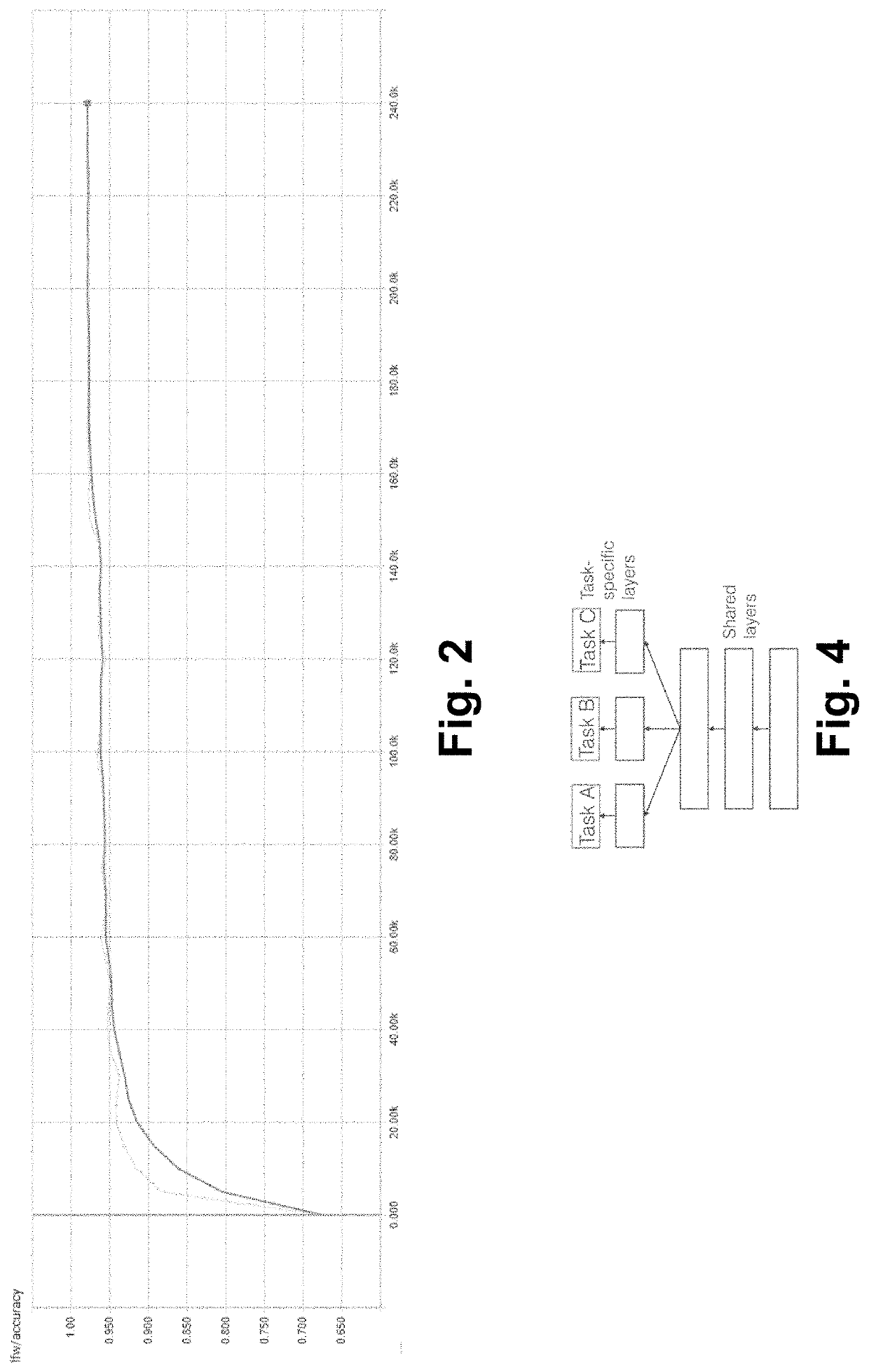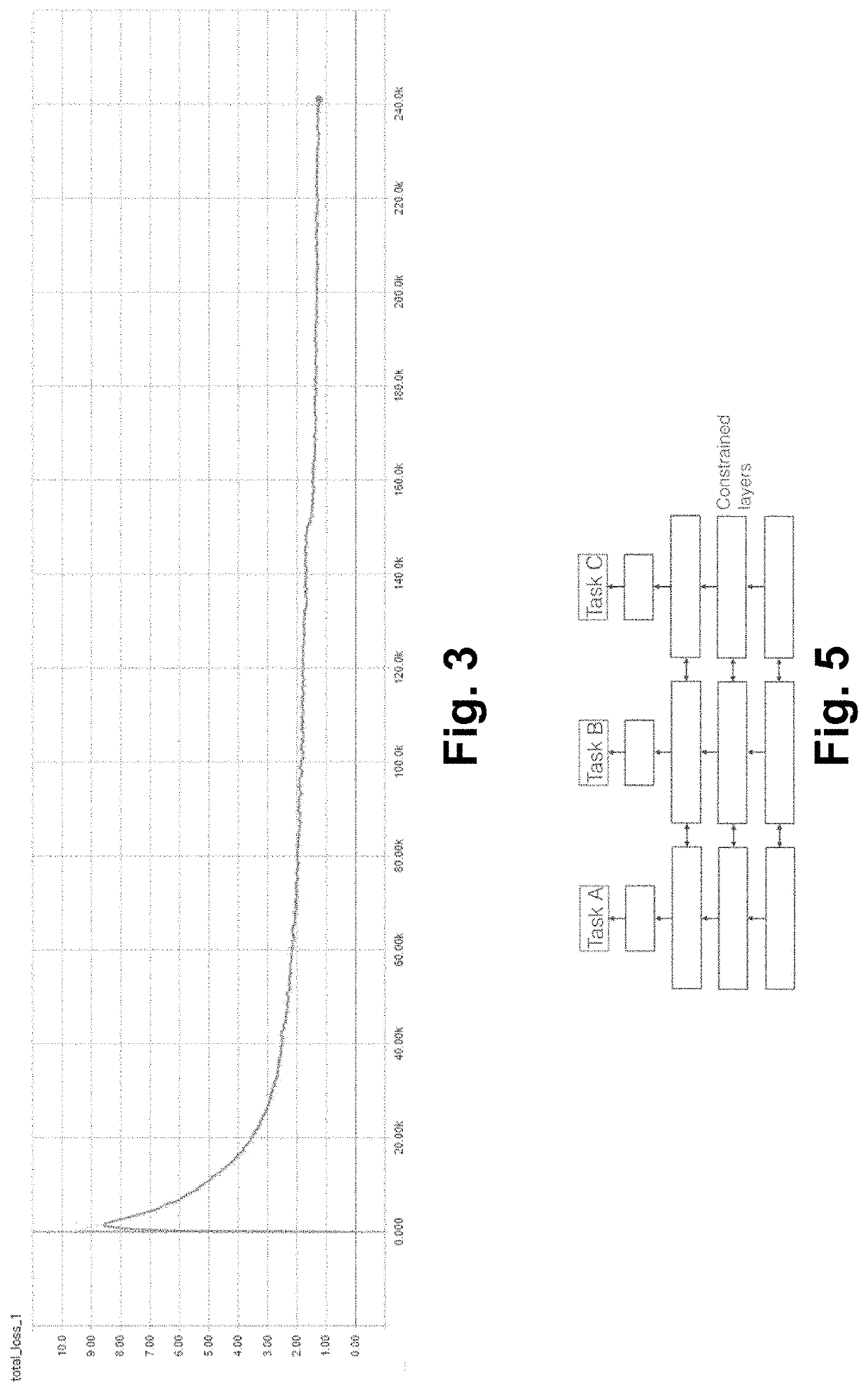Systems and/or methods for accelerating facial feature vector matching with supervised machine learning
a machine learning and feature vector technology, applied in the field of machine-based facial recognition techniques, can solve the problems of inability to support this dimensionality in conventional algorithms and data structures in general, becoming “too much” for many, linear or brute force search oftentimes being too slow for large databases, etc., to speed up facial recognition, reduce search space, and improve accuracy
- Summary
- Abstract
- Description
- Claims
- Application Information
AI Technical Summary
Benefits of technology
Problems solved by technology
Method used
Image
Examples
example implementation
[0042]Details concerning an example implementation are provided below. It will be appreciated that this example implementation is provided to help demonstrate concepts of certain example embodiments, and aspects thereof are non-limiting in nature unless specifically claimed. For example, descriptions concerning example libraries, vector extractors, classifiers, data sets usable for training and / or evaluation, component configurations, etc., are non-limiting in nature unless specifically claimed.
[0043]Datasets are used for training and evaluating the face recognition convolutional neural network and / or the gender-age classifier. In certain example embodiments, different datasets may be used for these and / or other purposes. For instance, the VGGFace2 Dataset was used to train a convolutional neural network for generating large margin facial feature vectors for face recognition task. The VGGFace2 Dataset is a large-scale face dataset that contains 3.31 million images of 9,131 people, w...
PUM
 Login to View More
Login to View More Abstract
Description
Claims
Application Information
 Login to View More
Login to View More - R&D
- Intellectual Property
- Life Sciences
- Materials
- Tech Scout
- Unparalleled Data Quality
- Higher Quality Content
- 60% Fewer Hallucinations
Browse by: Latest US Patents, China's latest patents, Technical Efficacy Thesaurus, Application Domain, Technology Topic, Popular Technical Reports.
© 2025 PatSnap. All rights reserved.Legal|Privacy policy|Modern Slavery Act Transparency Statement|Sitemap|About US| Contact US: help@patsnap.com



